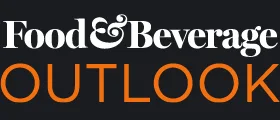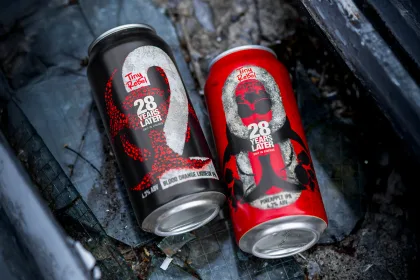The coffee industry is faced with a desperate need to drastically reinvent itself and turn towards a new crop variation in the face of global warming. The solution comes in the form of the Liberica bean, a potentially industry-saving discovery
GOODBYE ARABICA, SAY HELLO TO LIBERICA
The frightening phenomenon of climate change has brought devastating impacts to a swathe of industries worldwide.
Radical changes to the planet’s natural environment are increasingly endangering and reducing the area suitable for growing coffee, and by 2050 growers may be required to relocate or look to a new alternative crop.
Steadily rising temperatures are threatening the popular Arabica variety of coffee beans, which currently make up a staggering 55 percent portion of the market.
Some experts are starting to predict that rising temperatures will reduce the desirable locations for growing coffee by up to 50 percent by 2050. The affected farmers, predominantly located in Brazil, Vietnam, Indonesia, and Colombia, either will have to gradually move or grow something different entirely to stay afloat.
However, a potential solution to this crisis arrives in the form of a more resilient species of coffee bean called Liberica, which could become the saviour and leading variety of coffee crops by the end of the century.
AN EVOLVING COFFEE LANDSCAPE
For the last hundred years, the global coffee market has been dominated by two species: Arabica and Robusta.
Marginally pricier, but sweeter in taste, Arabica beans are traditionally used in fancier, more artisan beverages instead of the more bitter flavour refined from the Robusta beans, which incidentally also features twice the caffeine content.
But with the rapid rise in global temperatures, the previously more elusive species Liberica could shift these two established giants onto the substitutes bench.
A confluence of defining factors could prove instrumental in the grand return of Liberica coffee. A robust and high-yielding resource, with incredibly high resistance to deadly pests and disease, as well as an optimal tolerance for warmer temperatures, Liberica looks set to flourish, especially across Africa.
Industrial processing methods have improved vastly throughout the past century. Arabica growers have been forced by global warming to relocate farms to a higher elevation, and additionally, a fresh variety of Liberica called Excelsa has risen to prominence and retains the species’ rich aromas and flavour.
Excelsa is a mild, smooth-flavoured coffee of low to medium acidity and minimal bitterness, with tasting notes including a delightful combination of cocoa nibs, peanut butter, dried fruits, demerara sugar, and maple syrup.
The Excelsa variant of Liberica coffee is currently enjoying a rapid uptake in production throughout Uganda, where more than 200 farms are now growing the speciality crop.
Despite the extensive proliferation of Excelsa, it has a long road to travel before it even gets near to dethroning the dominant Arabica or Robusta coffee as a mass-produced beverage.
While facing unknowable challenges regarding the constantly evolving natural environment, Liberica continues to offer the sensational potential to grow commercially viable, and perhaps higher-value coffee under increasingly warmer conditions and at a lower elevation than Arabica and may offer improved climate resiliency and a welcome, game-changing solution for the global coffee sector.

























